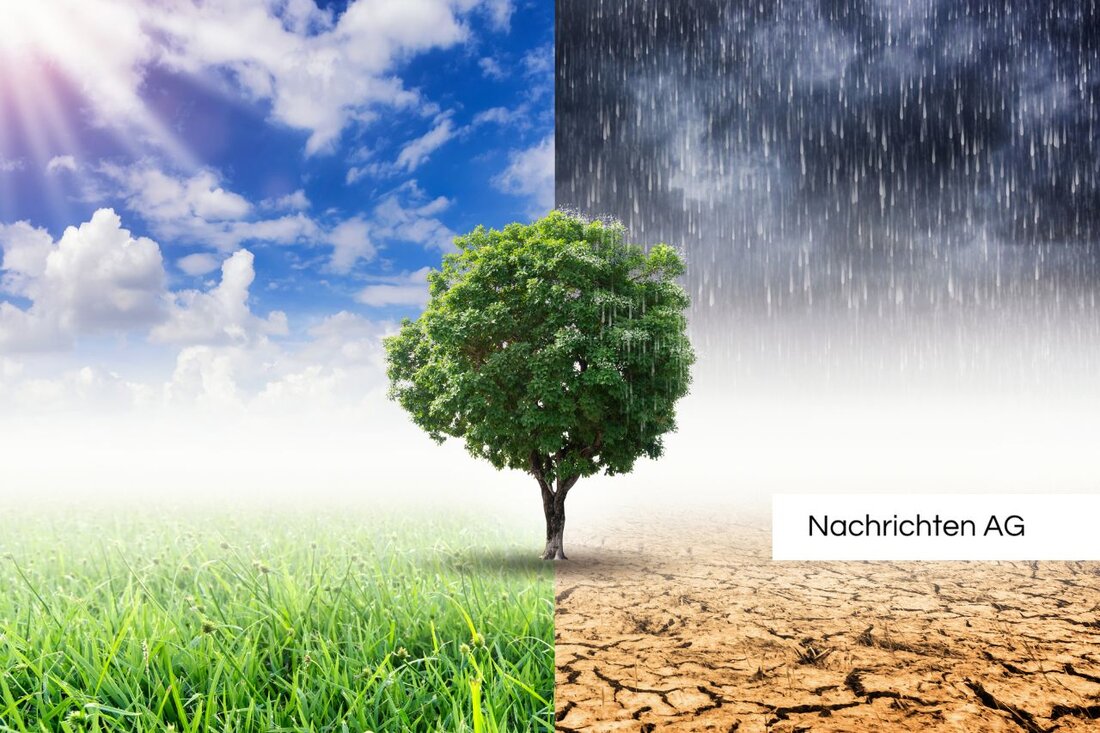Heat alarm in Germany: where the cities burn the most violent!
Heat alarm in Germany: where the cities burn the most violent!
Mannheim, Deutschland - Over 12 million people in German cities are currently exposed to extreme heat. An investigation by the German Environmental Aid (DUH), which analyzed 190 cities with more than 50,000 inhabitants, shows worrying results. The specially developed heat fuel index not only captures high temperatures, but also factors such as the degree of sealing and green space availability in urban areas. In the southern German cities of Mannheim, Ludwigshafen and Worms, 88 to 91 percent of the population can be found in heavily loaded areas.
In contrast, cities in the north such as Flensburg, Wilhelmshaven and Kiel benefit from lower temperatures. The best results were achieved Hattingen, Gummersbach and Witten, which are characterized by many green areas and less sealed areas. The heat fuel index categorizes a total of 31 cities in the red category (particularly stressed), including Frankfurt am Main and Magdeburg, while 131 cities fall into the middle category yellow, for example Cologne, Berlin and Munich. Only 28 cities, such as Hamburg, reach the best group green.causes and effects of the heat
The heat load is calculated by a grid of 100 x 100 meters, whereby the surface temperature, degree of sealing, green volume and population density are taken into account. The sealing of areas means that they heat up more and give the heat, while green areas contribute to cooling by evaporation. It is particularly noteworthy that trees can reduce the temperature within a radius of up to 40 meters by up to 10 degrees Celsius.
Politics is required to promote concepts such as "sponge city" and the greening of cities in order to counteract these developments. The demands for binding minimum green parts on both private land and in public space are part of this discussion. Climate change itself has heated up 2.5 degrees since the pre -industrial period, which could lead to an estimated 3,000 heat -related deaths in 2023 and 2024. Older people who are particularly at risk at high temperatures are particularly affected.
measures to reduce the heat effect
In order to avoid health damage through extreme heat, the Federal Environment Agency recommends that, among other things, to drink sufficiently, to shift physical exertion in cooler times of the day and to cool off by showering or foot baths. In Frankfurt am Main, a climate convertible action plan (KWAP) was developed that contains a comprehensive heat action plan. This includes internal contacts and measures to respond to heat and drought.
The KWAP is not only designed for heat, but also takes into account other climatic challenges such as heavy rain, storm, dryness and floods. The central goals are the protection of the population, sensitive facilities and important infrastructures. The measures are specifically adapted to the climatic conditions in Frankfurt, which are characterized by high average temperatures and weak winds. The discussion about climate change and its effects on health gained in explosive with long heat periods through extreme summer.
The WHO already formulated the first heat action plan in 2008, which was revised in 2019. A federal/state ad hoc working group has developed recommendations for action to create heat action plans for Germany that serve cities and municipalities as guidelines.
The data and knowledge of the heat loads underline the urgency of preventive urban planning and effective measures to adapt to the consequences of climate change. For further insights and information, the reports from bnn.de , Environmental Bundesamt.de and frankfurt.de .
| Details | |
|---|---|
| Ort | Mannheim, Deutschland |
| Quellen | |


Kommentare (0)